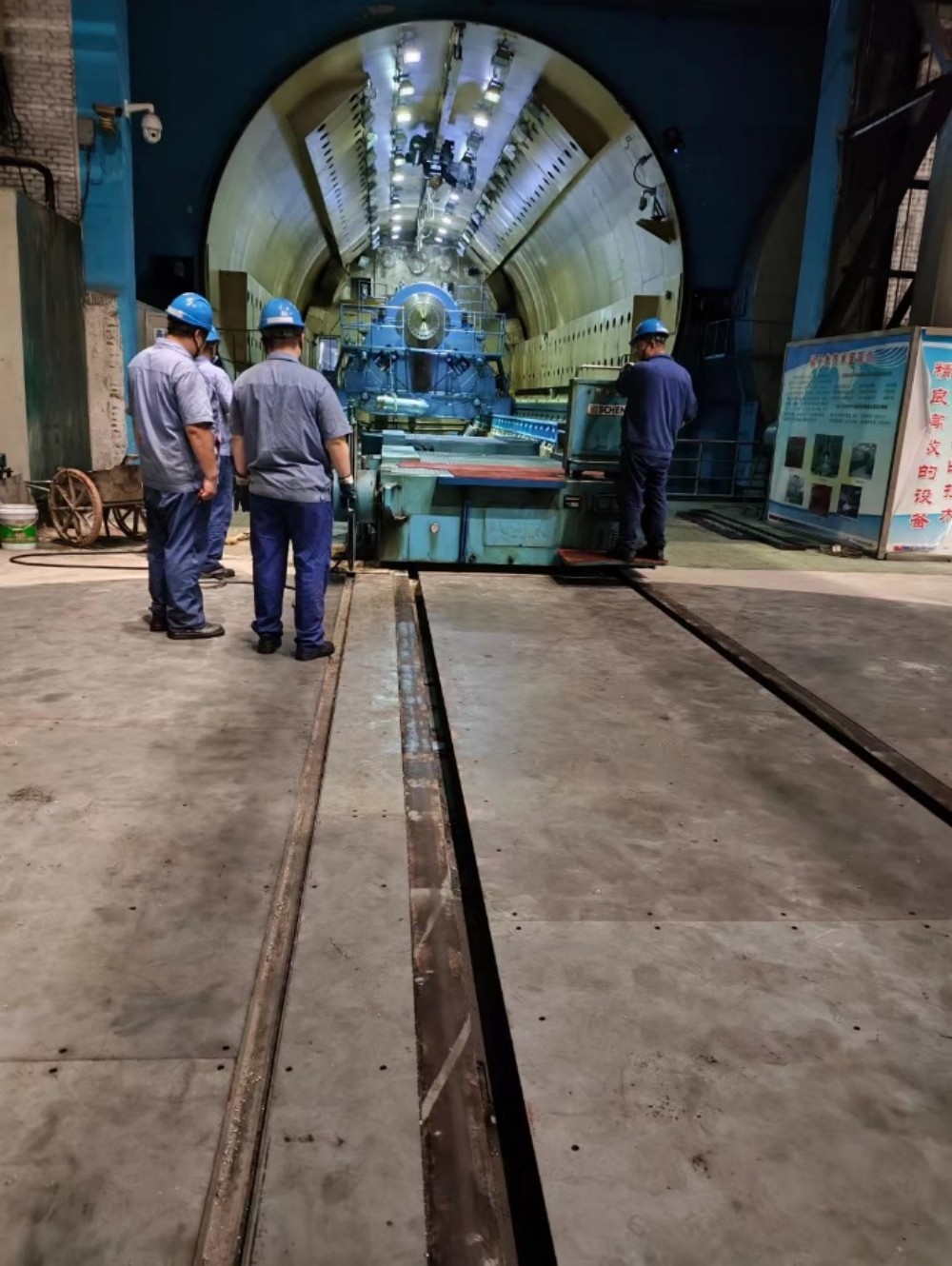In today's technologically advanced world, electrical equipment plays a crucial role in various industries. From power generation to manufacturing, electrical equipment is the backbone of modern infrastructure. However, like any other machinery, electrical equipment requires regular maintenance and repair to ensure optimal performance, safety, and longevity. In this comprehensive guide, we will delve into the intricacies of maintenance and repair of electrical equipment, exploring its importance, key techniques, and best practices.
- Understanding Maintenance and Repair:
Maintenance and repair of electrical equipment refer to the systematic processes involved in preserving, inspecting, and restoring the functionality of electrical systems. It encompasses a wide range of activities, including preventive maintenance, corrective maintenance, and troubleshooting. The primary objective is to minimize downtime, prevent accidents, and extend the lifespan of the equipment. - Importance of Maintenance and Repair:
Effective maintenance and repair practices are essential for several reasons:
a) Safety: Faulty electrical equipment poses significant safety risks, including electrical shocks, fires, and explosions. Regular maintenance and repair help identify potential hazards, ensuring a safe working environment.
b) Reliability: Unplanned breakdowns can disrupt operations, leading to costly downtime. By implementing proactive maintenance strategies, equipment reliability can be enhanced, minimizing unexpected failures.
c) Cost Savings: Timely maintenance and repair can prevent minor issues from escalating into major problems, saving significant costs associated with extensive repairs or equipment replacement.
- Key Techniques for Maintenance and Repair:
To achieve optimal results, professionals must employ various techniques during the maintenance and repair process:
a) Inspection and Testing: Regular inspections and testing help identify potential issues, such as loose connections, worn-out components, or abnormal readings. Advanced diagnostic tools, such as thermal imaging cameras, can detect hidden problems.
b) Lubrication and Cleaning: Proper lubrication of moving parts and regular cleaning of electrical equipment prevent friction, reduce wear and tear, and improve overall performance.
c) Calibration and Adjustment: Calibration ensures accurate readings and precise operation of electrical equipment. Adjustments, such as tightening loose connections or aligning components, optimize performance.
d) Component Replacement: Worn-out or damaged components should be promptly replaced to prevent further damage and ensure the equipment's functionality.
- Best Practices for Maintenance and Repair:
To achieve the highest standards in maintenance and repair of electrical equipment, professionals should adhere to the following best practices:
a) Develop a Maintenance Schedule: Create a comprehensive maintenance schedule based on manufacturer recommendations, industry standards, and equipment usage. Regularly review and update the schedule as needed.
b) Document Maintenance Activities: Maintain detailed records of all maintenance and repair activities, including dates, findings, actions taken, and any recommendations for future improvements. This documentation aids in tracking equipment history and identifying recurring issues.
c) Train and Educate Personnel: Provide regular training to technicians and operators on proper maintenance procedures, safety protocols, and equipment-specific knowledge. Well-trained personnel can identify potential problems and perform routine maintenance effectively.
d) Stay Updated with Technological Advancements: Keep abreast of the latest advancements in electrical equipment, maintenance techniques, and diagnostic tools. Embrace new technologies that can enhance efficiency and accuracy.
Conclusion:
The maintenance and repair of electrical equipment are vital for ensuring safety, reliability, and cost-effectiveness in various industries. By understanding the importance, employing key techniques, and following best practices, professionals can master the art of maintaining and repairing electrical equipment. Embracing a proactive approach and staying updated with industry trends will contribute to the longevity and optimal performance of electrical systems.







+ There are no comments
Add yours